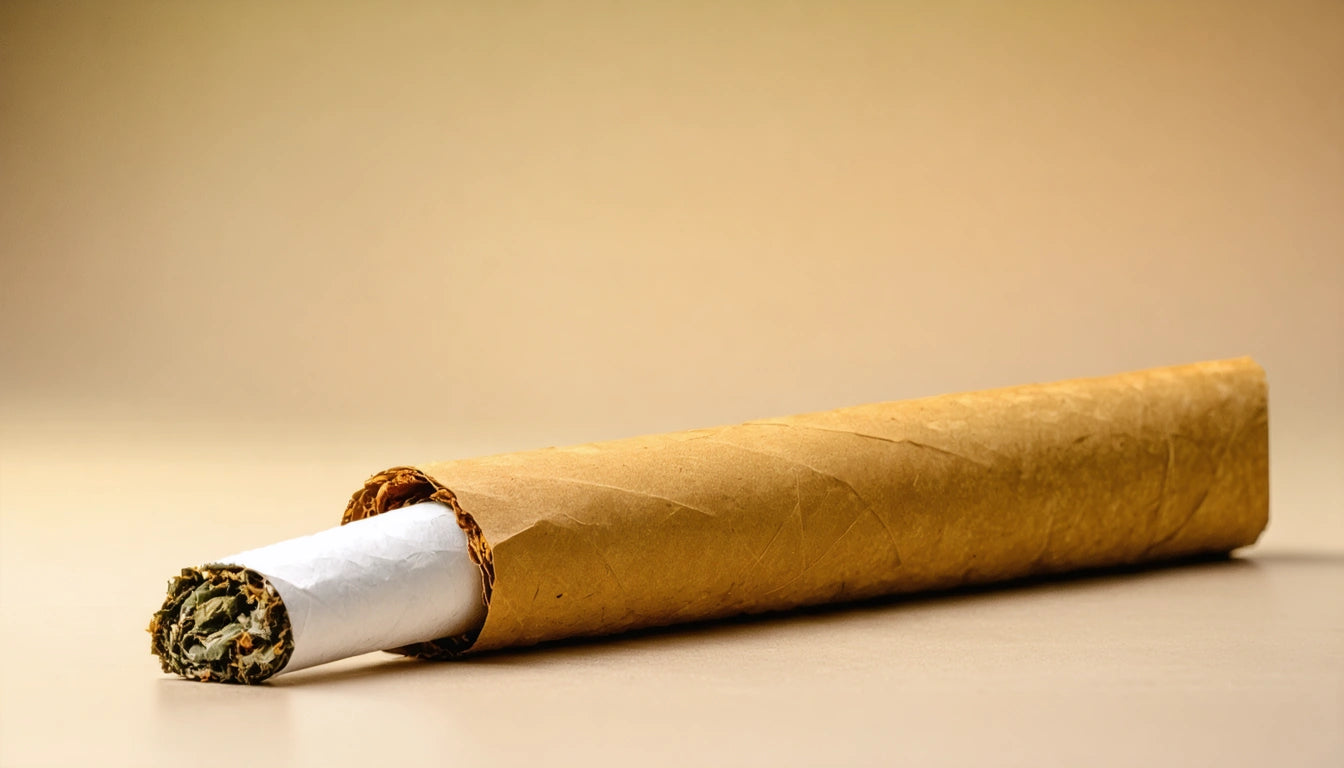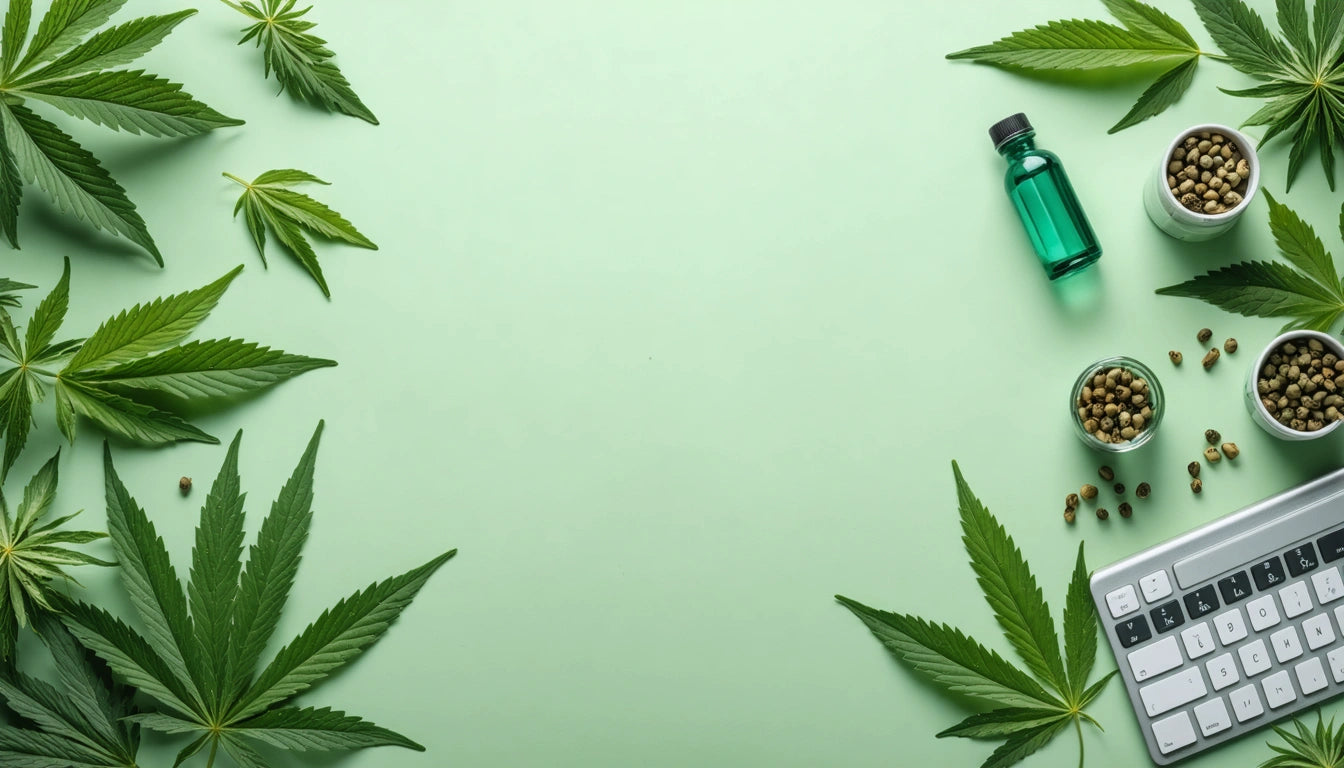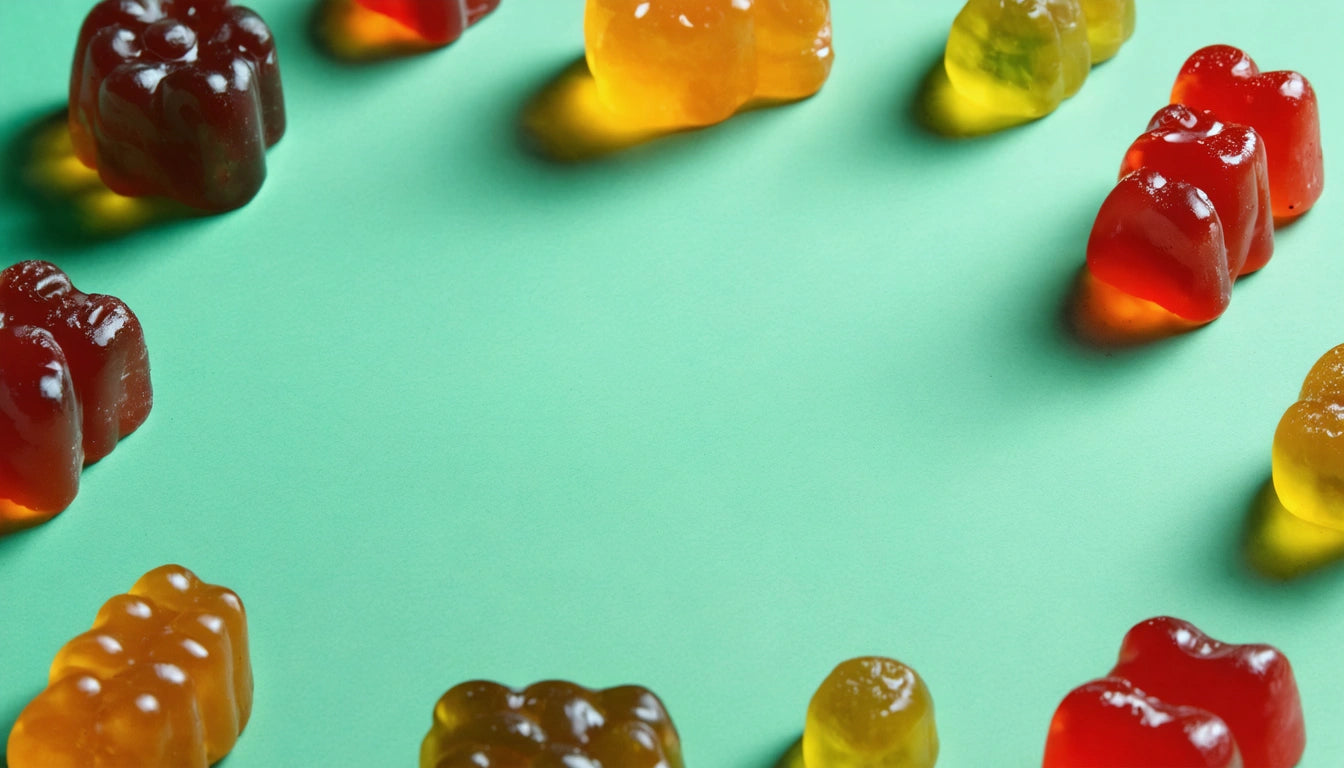Table of Contents
Mastering the Art of Rolling and Storing Joints: A Comprehensive Guide for Beginners
Learning how to roll joints is a fundamental skill for cannabis enthusiasts. While it may seem intimidating at first, with practice and proper guidance, anyone can master this art. This comprehensive guide will walk beginners through the essential techniques for rolling joints, achieving tighter rolls, and properly storing pre-roll joints to maintain freshness and potency.
Essential Supplies for Rolling the Perfect Joint
Before attempting to roll a joint, gathering the right supplies is crucial for success. These items create the foundation for a smooth rolling experience:
- Quality rolling papers (hemp, rice, or flax)
- Cannabis flower (properly ground)
- Grinder
- Filter tips or crutches
- Rolling tray to contain loose material
- Small poking tool (pen, toothpick, or paper clip)
The quality of your supplies directly impacts the smoking experience. Proper preparation of materials sets the stage for a well-constructed joint.
Step-by-Step Guide: How to Roll Joints for Beginners
1. Prepare Your Cannabis
Properly ground cannabis creates an even burn. Too fine, and it burns too quickly; too coarse, and it burns unevenly. Aim for a medium grind consistency similar to dried oregano.
2. Create a Filter Tip
Fold a small piece of cardstock into an accordion pattern, then roll it to form a cylinder. This prevents cannabis from entering your mouth and provides structural support.
3. Arrange Your Ground Cannabis
Place the filter at one end of the rolling paper (adhesive side facing you) and distribute ground cannabis evenly along the crease.
4. Shape the Joint
Using both thumbs and index fingers, gently roll the paper back and forth to shape the cannabis into a cylinder.
5. Tuck and Roll
Tuck the unglued edge of the paper around the cannabis and filter, then roll upward toward the adhesive edge.
6. Seal and Finish
Lick the adhesive strip and seal the joint from filter to tip. Twist the excess paper at the end to prevent spillage.
Common Mistakes When Learning How to Roll Joints
Beginners often encounter several challenges when first learning to roll:
- Overfilling the paper, making it difficult to close
- Uneven distribution of cannabis, causing canoeing
- Rolling too loosely, leading to quick, uneven burns
- Insufficient moisture on the adhesive, resulting in poor sealing
- Improper filter placement, causing structural issues
Understanding these common pitfalls helps new rollers avoid frustration. As noted in this guide on creative rolling alternatives, practice makes perfect.
Techniques for Rolling Tighter, More Even Joints
Learning how to roll joints tighter improves both function and appearance:
The Boat Technique
Create a deeper crease in your rolling paper by pinching the middle into a V-shape. This cradles the cannabis and makes it easier to distribute evenly.
The Tuck Method
After shaping your cannabis, use your thumbs to tuck the paper tightly under the filter first, then work your way down the length of the joint.
Packing Tools
For consistently tight joints, consider using specialized filling equipment that helps achieve uniform density throughout the joint. These tools can significantly improve consistency for beginners still developing their technique.
Proper Storage Methods for Pre-Roll Joints
Knowing how to store pre-roll joints properly preserves freshness and potency:
Temperature and Humidity Control
Store joints in a cool, dark place. Excessive heat degrades THC, while humidity can cause mold growth or make papers soggy.
Airtight Containers
Use glass jars, metal tubes, or specialized joint cases that create an airtight seal. These containers prevent oxidation and preserve terpenes.
Humidity Packs
Consider using humidity control packs (58-62% RH) in your storage container to maintain optimal moisture levels.
As detailed in this comprehensive guide, proper storage extends the shelf life of your joints significantly.
Advanced Rolling Techniques to Master
Once you've mastered the basics, consider exploring more advanced rolling styles:
- Cone joints: Wider at the lighting end for increased airflow
- Dutch tulips: Artistic shape with increased capacity
- Cross joints: Made famous in pop culture, challenging but impressive
- Braided joints: Multiple papers woven together for extended sessions
These advanced techniques build upon the foundational skills covered in our guide to comprehensive rolling techniques.
Perfecting Your Craft: The Journey to Rolling Expertise
Mastering how to roll joints is a journey that rewards patience and practice. Begin with the basic techniques, focus on achieving consistent results, then gradually experiment with more advanced styles. Remember that even experienced rollers occasionally produce imperfect joints. The key is learning from each attempt and making small adjustments to your technique.
Whether you're rolling for personal enjoyment or sharing with friends, the ability to craft a well-constructed joint is a valuable skill in cannabis culture. With the guidance provided in this comprehensive overview, beginners can confidently begin their journey toward becoming skilled joint rollers.











Leave a comment
All comments are moderated before being published.
This site is protected by hCaptcha and the hCaptcha Privacy Policy and Terms of Service apply.